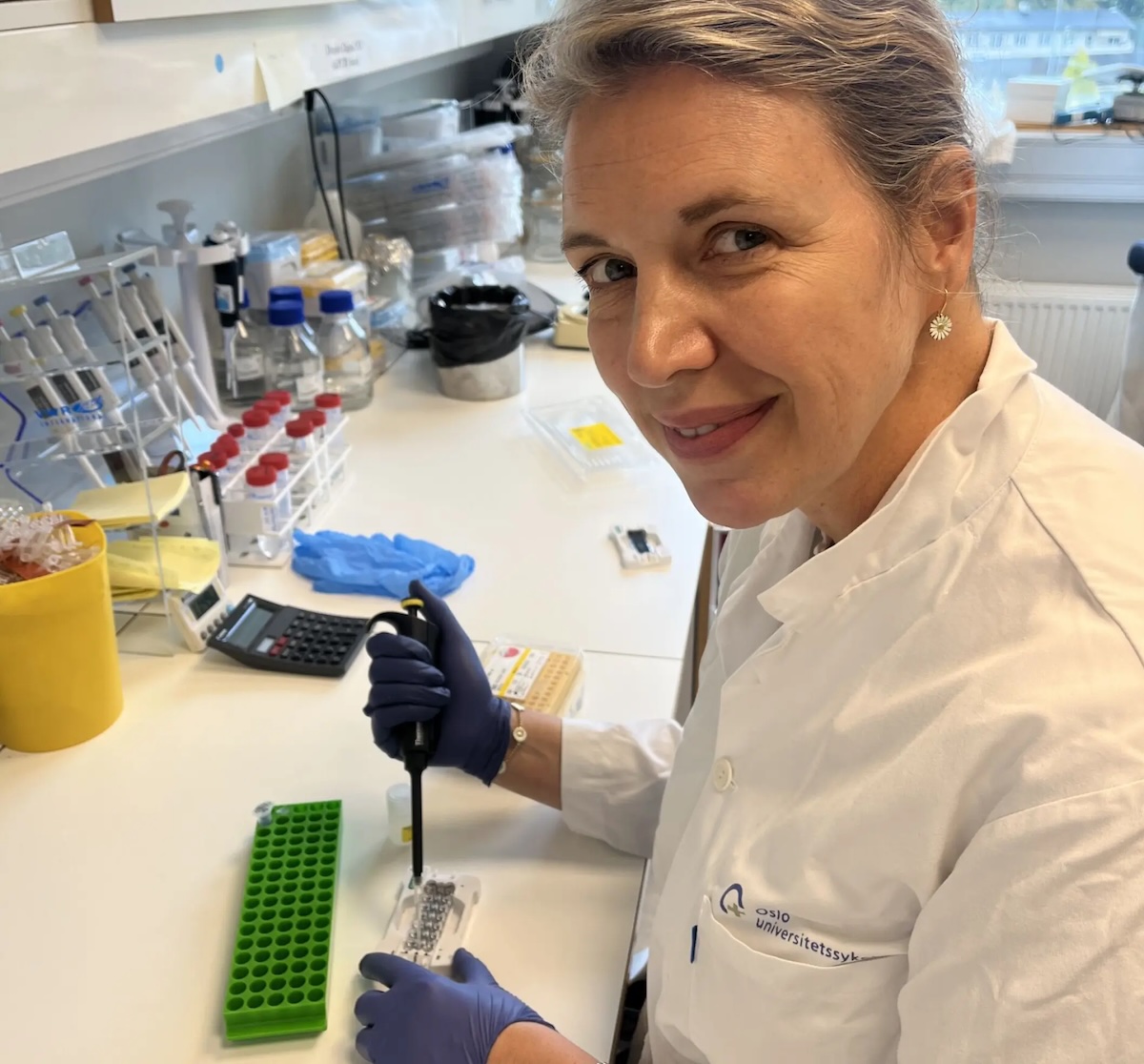The “Oslo patient” – probably cured of HIV

Mari Kaarbø, leader of the Virology Research Group at Oslo University Hospital, was interviewed by the journal Bioingeniøren after leading one of the research teams that collaborated on the “Oslo patient” project. Kaarbø has been primarily responsible for the careful examination of the patient’s blood and gut cells to identify HIV reservoirs. The patient has been off treatment and clinically virus‑free for nearly three years.
Early posttransplant analysis targets HIV reservoirs
Kaarbø led analyses beginning one month after the patient’s 2020 bone marrow transplant, searching for HIV reservoirs in blood and gut tissue. Her team in Oslo collaborated with research groups in Barcelona and at Aarhus University Hospital, Denmark. They used highly sensitive droplet digital PCR (ddPCR) to quantify total HIV DNA and the Intact Proviral DNA Assay (IPDA) to measure potentially replication‑competent proviruses.
To test for replication‑competent virus, the patient underwent apheresis in Aarhus and a Quantitative Viral Outgrowth Assay (QVOA) was performed; QVOA activates CD4+ T cells to determine whether latent proviruses can produce infectious virus.
No detectable virus found after transplant
Results from Oslo, Barcelona and Aarhus found no detectable active virus in the patient’s blood or gut samples. The findings were presented at the Conference on Retroviruses and Opportunistic Infections, the world’s largest conference on HIV research, and will soon be submitted to a high‑impact journal for publication.
HIV infects CD4+ cells via the CCR5 or CXCR4 receptors. However, some people are resistant to the virus because they carry a mutation in the CCR5 receptor. The patient required a bone marrow transplant for a hematologic condition, and his brother was a suitable donor. The brother happened to be one of the 1.5% of people who carry the CCR5 mutation that confers resistance to HIV. This fortunate coincidence made it possible to attempt to cure the Oslo patient of his infection.
Further studies to confirm functional cure
The research teams plan to compare the Oslo patient with several groups — people receiving antiretroviral therapy, elite controllers who naturally suppress HIV, and other transplant recipients — to establish whether he is functionally cured and to determine which outcomes are due to the transplant and which are due to the virus.
Kaarbø emphasizes that current HIV therapy is effective, but a cure would free people from lifelong medication and the risk of viral rebound.
Links:
Original article (in Norwegian):
Banebrytende hiv-forskning:
Slik saumfarte forskerne cellene fra «Oslopasienten» (bioingeniøren.no)
Virology Research Group OUH - Virology Research Group, led by Marit Kaarbø
The Department of Microbiology
